Proper housing plays a vital role in maintaining the health, productivity, and comfort of cattle. A well-constructed cattle shed not only protects animals from harsh weather but also improves hygiene, disease control, and overall farm efficiency.
Key Features of Good Cattle Housing
- Ventilation – Free airflow prevents heat stress and respiratory diseases.
- Flooring – Non-slippery floors with a slight slope help in easy drainage.
- Space Requirement – Each cow requires 40–50 sq. ft. of covered space and 80–100 sq. ft. of open yard.
- Roofing – Asbestos sheets, tiles, or tin roofs are common; height should be at least 10–12 ft.
- Drainage – Proper drainage channels to keep the shed dry and clean.
Types of Cattle Housing Systems
- Loose Housing System – Animals move freely in an open yard with a shaded area; suitable for medium and large herds.
- Conventional Barn System – Cattle are tied in individual stalls; easier to manage feeding and milking.
- Free-Stall Barns – Common in commercial farms; provides comfort, reduces stress, and increases milk yield.
- Low-Cost Housing – Bamboo, wood, and local materials can be used for small farmers to save costs.
Best Practices in Cattle Housing
- Ensure separate sheds for calves, heifers, and sick animals.
- Provide clean water and feeding troughs.
- Regular cleaning and disinfection to maintain hygiene.
- Plant shade trees around the shed for natural cooling.
Conclusion
A well-designed cattle housing system is the foundation of efficient dairy farming. By adopting low-cost yet scientific designs, farmers can ensure better health, higher productivity, and long-term sustainability of their cattle business.

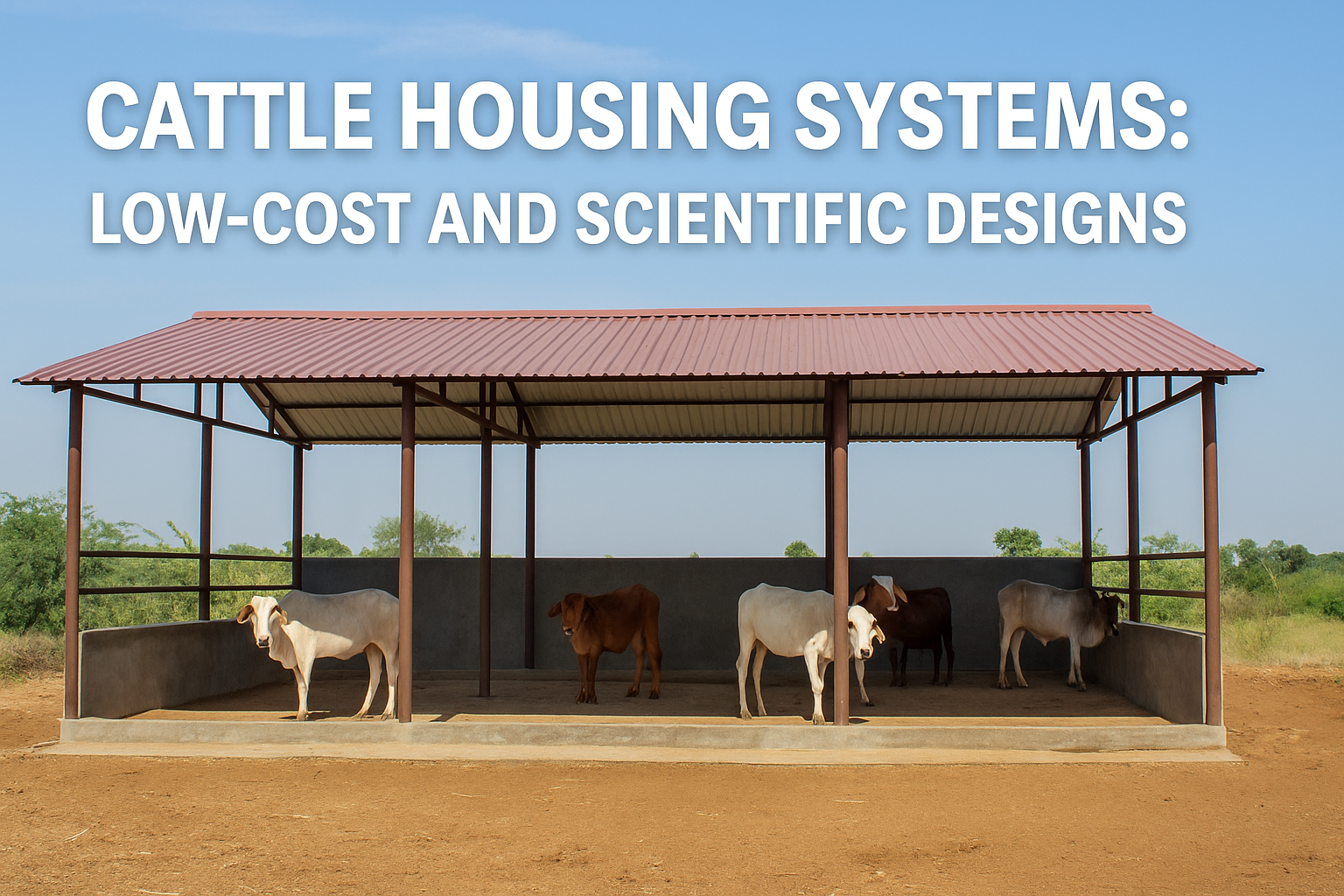
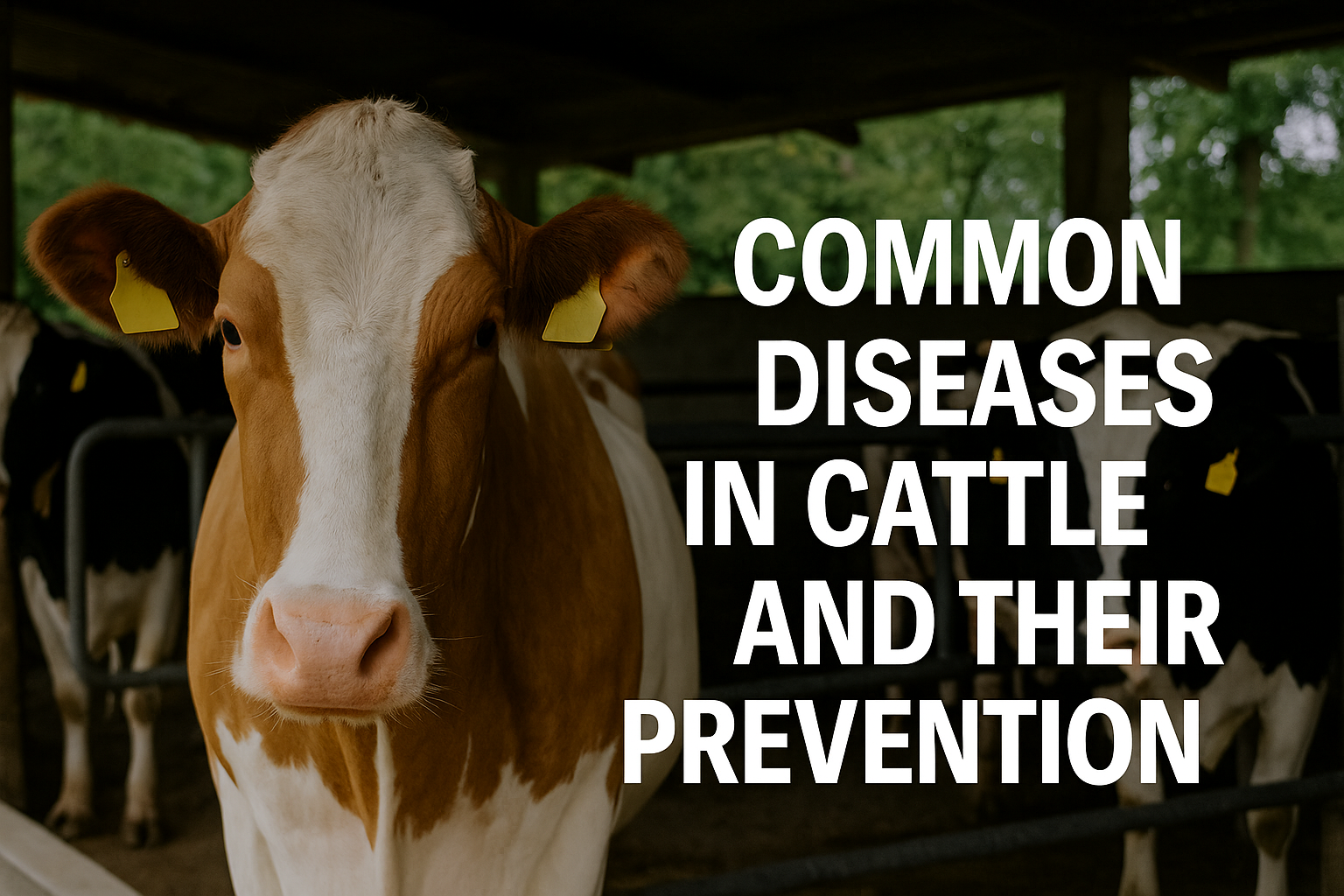
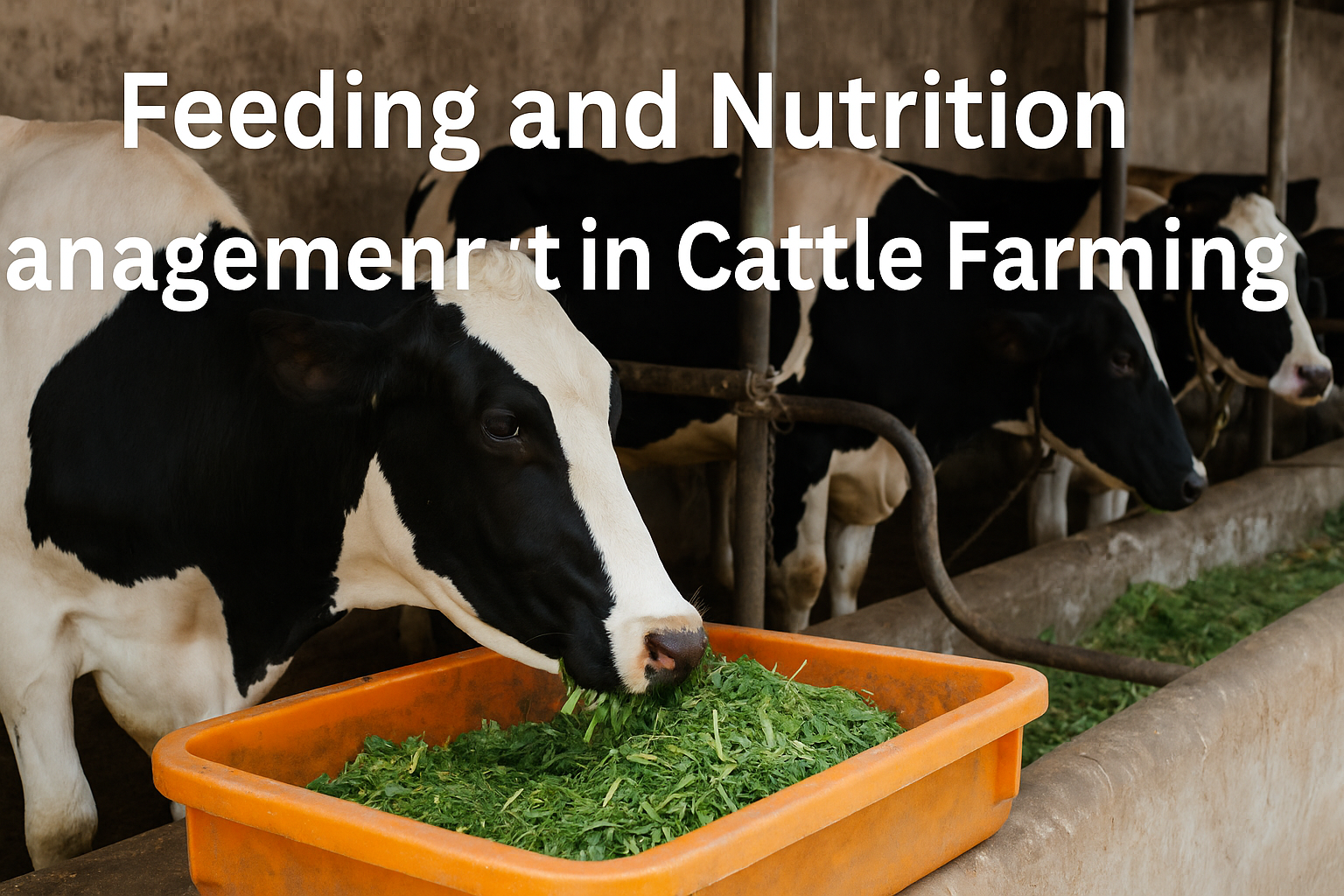


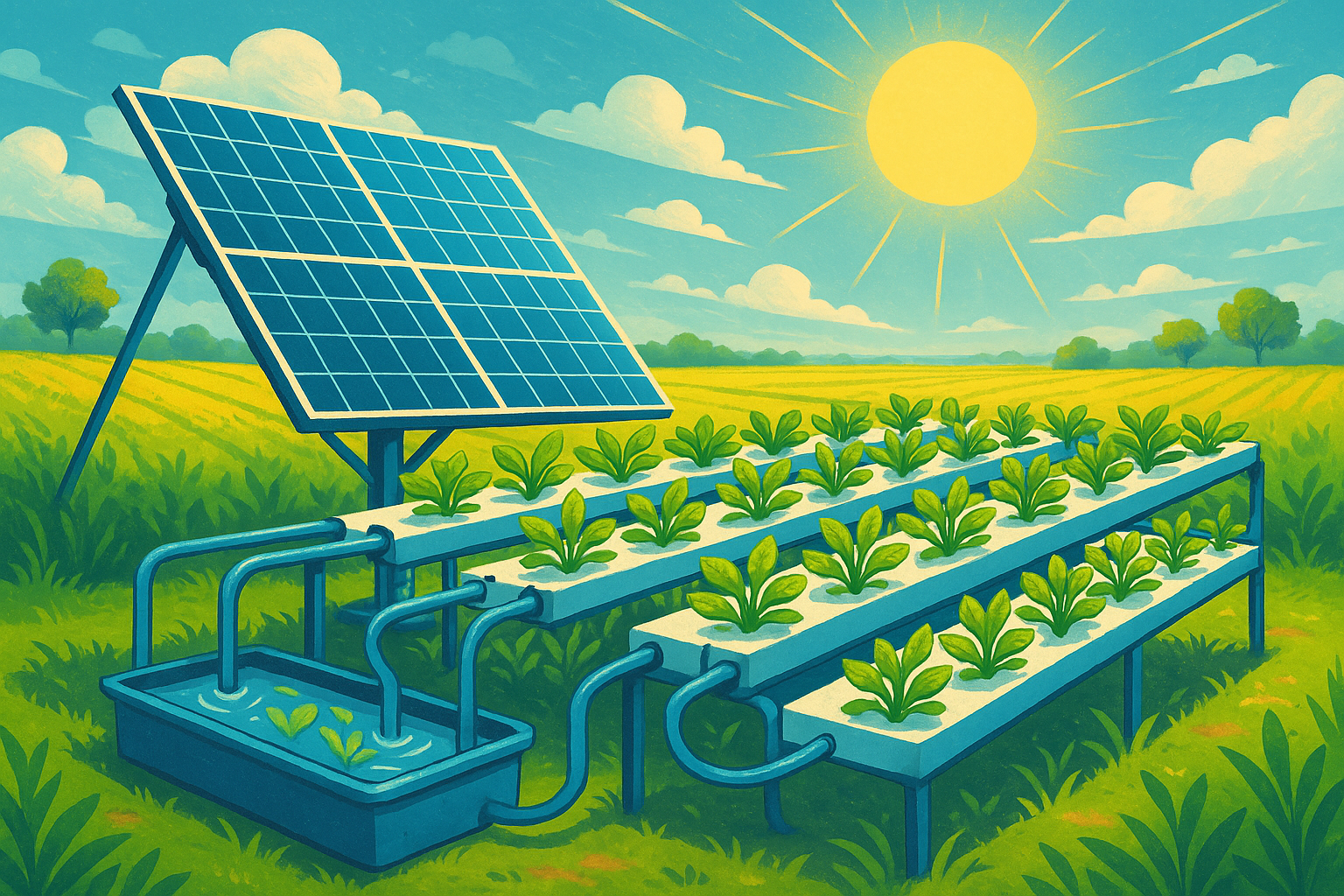
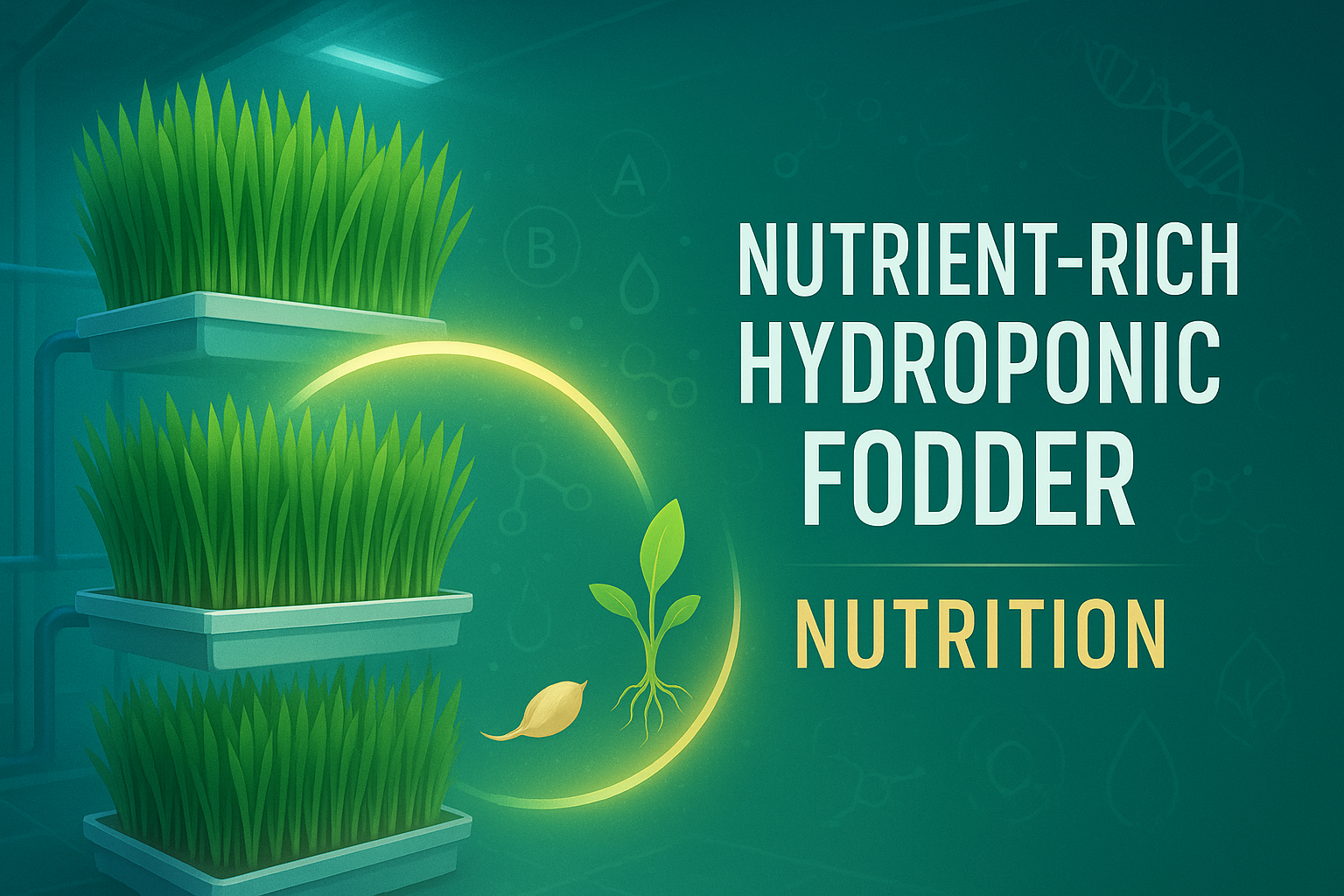
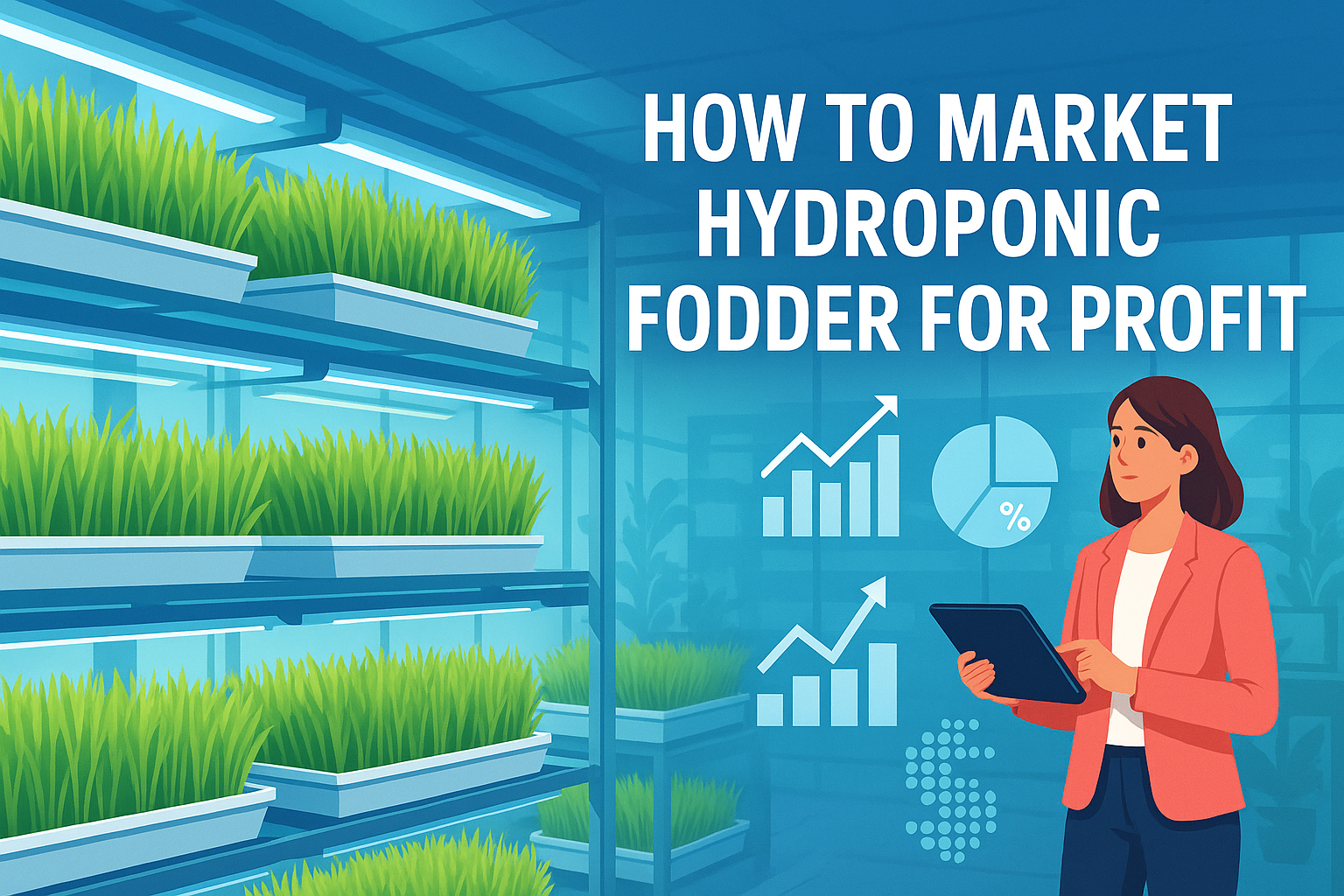
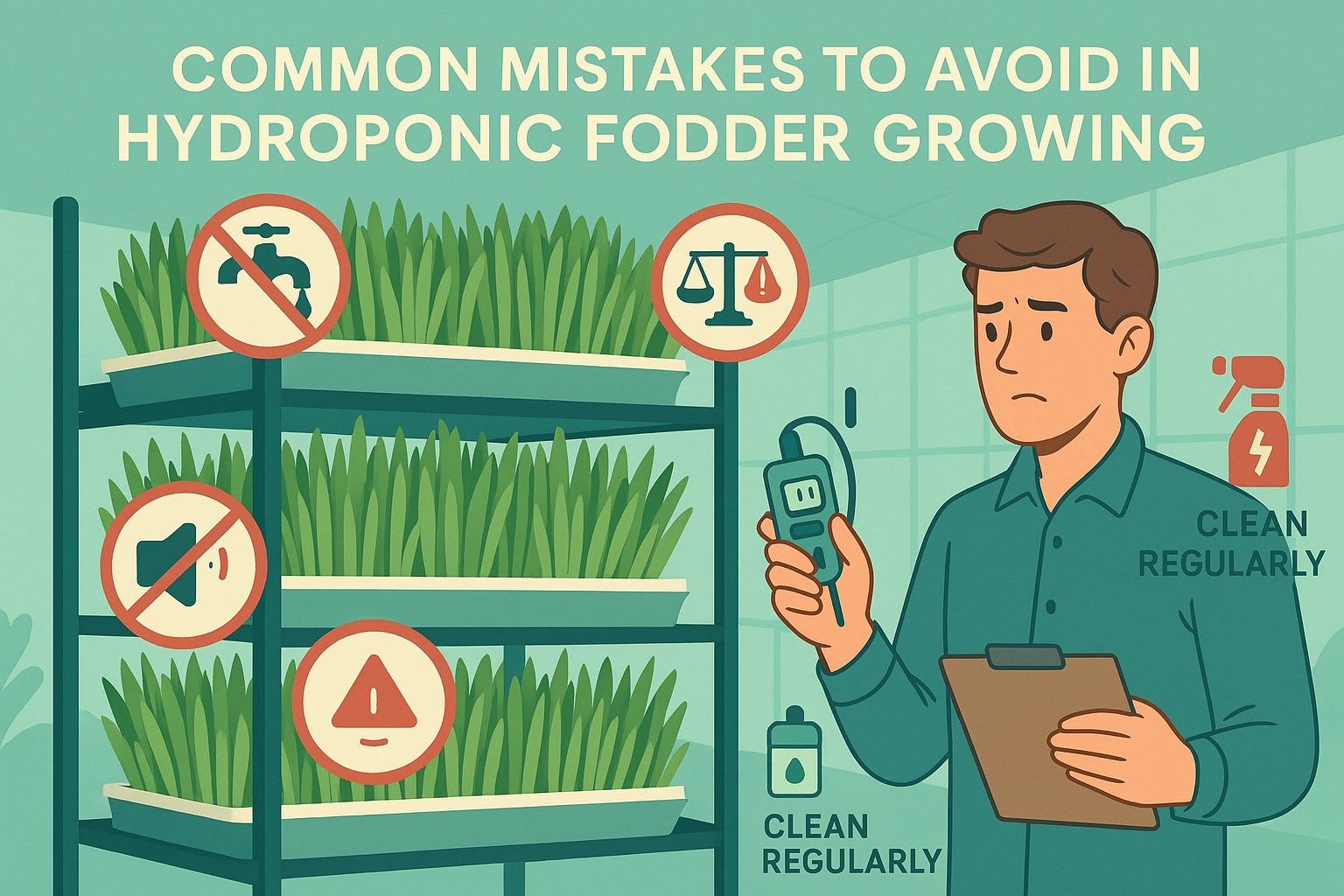
Leave a Reply